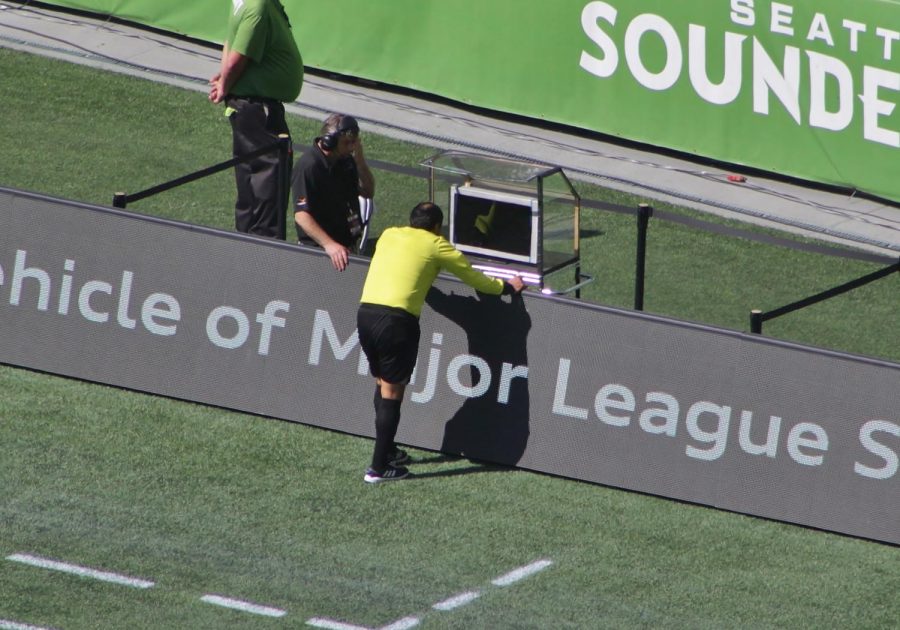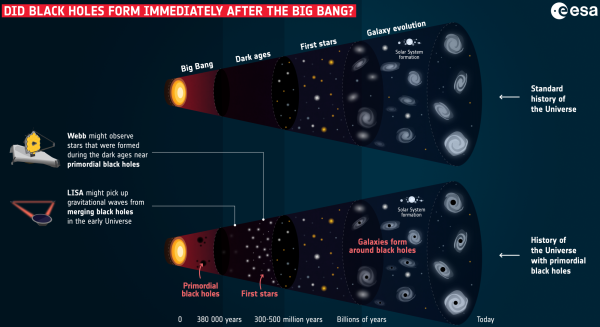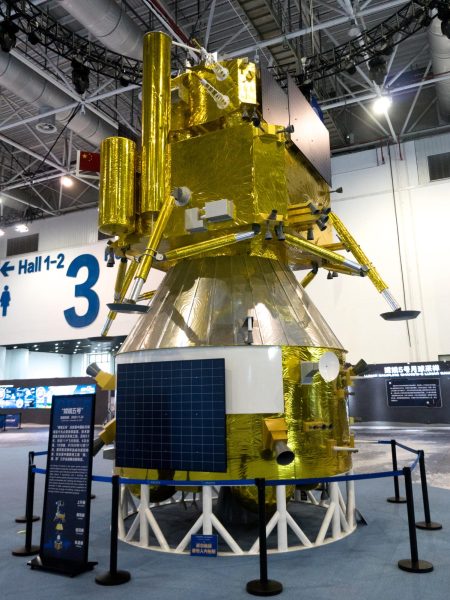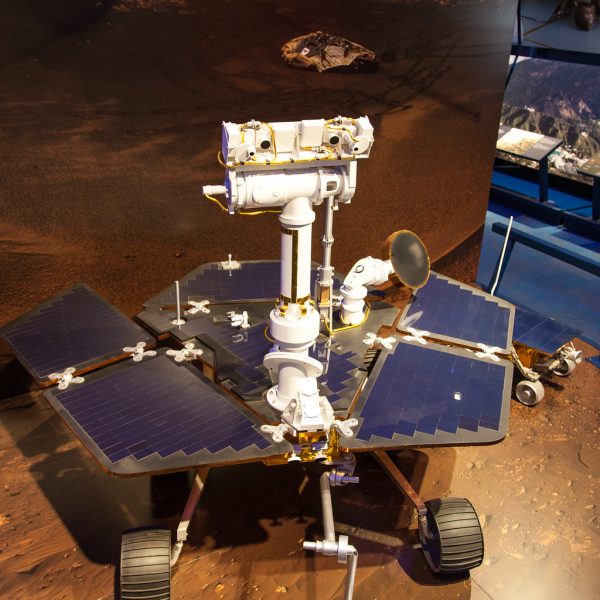Skyhook/Space Tether: Space Infrastructure

credit to this video: https://www.youtube.com/watch?v=dqwpQarrDwk and this channel: https://www.youtube.com/channel/UCsXVk37bltHxD1rDPwtNM8Q
Getting into space is expensive and time-consuming. It takes large amounts of resources, time, enginuity, planning and cooperation to build and launch a rocket. Even through all those challenges, the most difficult is that it costs lots of fuel to make the tiniest amount of payload go into space. This is a problem if you want to colonize another planet because you need to take lots of resources to get there, and even more to come back. We can partially solve this problem with the Skyhook, a concept so simple that it’s surprising we haven’t used it yet.
The skyhook consists of a rope and a counterweight, rotating around a central ball. There are already materials that would work for this. The tether would slow down relative to the earth thanks to its spinning, and would pass the same spot several times per day, allowing us to focus on using reusable, small and fuel-efficient shuttles. They would need to be specialized due to the tether height though. This is much cheaper than stuffing what is basically a tin can full of rocket fuel just to get a kg or two into space. Another problem with the tether is that it’s kind of hard to catch… There is only a 60-90 second window in which you can grab onto it. We could fix this issue by attaching a thinner, extra bit of cable with a navigation drone attached, designed to grab onto so you can link to the rest of the tether. Another issue would be keeping the tether in orbit. Spacecraft leaving orbit would drain the tethers momentum. How do we fix this? Well here is where we can trick the universe a bit. We could have two tethers: one on earth, one at the destination, presumably mars. Incoming spacecraft would lend their speed and energy to the tether, helping it to stay in orbit. However, perpetual motion machines don’t work, and until they do, we would have to still correct the tethers position using chemical or electrical thrusters.
In conclusion, tethers would be great transport between the planets. relatively low cost compared to rockets, and speedy too. Tethers could decrease the travel time between earth and mars from 9 months down to five or three. It could also cut down the size of rockets required from 84-96 percent. Tethers could be our planetary metro system.























